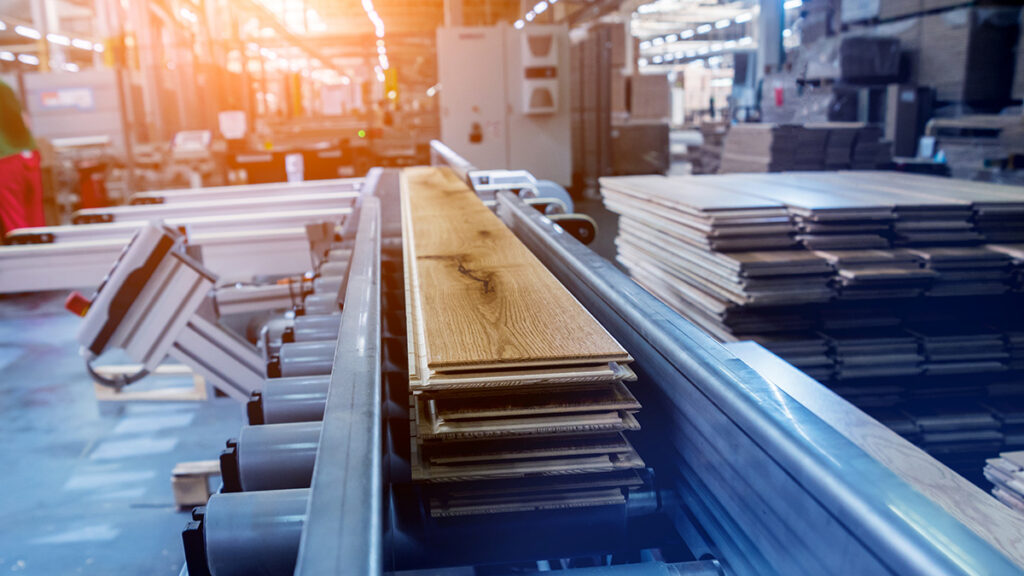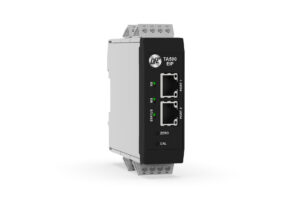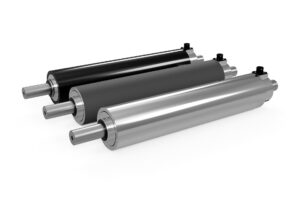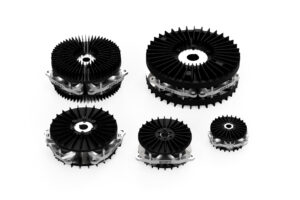How Web Tension Control Enhances Quality in the Manufacture of Building Materials & Supplies
In the construction industry, the quality of materials used can significantly impact the safety, durability, and aesthetics of buildings. A crucial aspect of producing high-quality building supplies involves maintaining consistent tension on materials processed in sheet or web form. Web tension control systems play a vital role in ensuring that materials such as roofing, insulation, flooring, and wall coverings are manufactured to meet stringent standards. Here’s a closer look at some key building supplies that benefit from precise web tension control during their manufacture.
 INSULATION MATERIALS
INSULATION MATERIALS
Fiberglass Insulation: The production of fiberglass rolls and batts demands precise tension control to maintain uniform thickness and density, crucial for effective thermal and acoustic insulation.
Foam Insulation: Producing foam sheets involves careful tension management to preserve product integrity, ensuring they provide consistent insulating properties throughout.
ROOFING MATERIALS
Roofing shingles and felts require exact tension during manufacturing to prevent tearing and ensure uniformity. Consistent tension control helps maintain the dimensional stability and quality of these materials, critical for long-lasting roof protection.

FLOORING MATERIALS
Vinyl Flooring: Vinyl sheets and tiles need strict tension control to avoid distortions and ensure a flawless finish.
Laminate Flooring: During laminate production, maintaining proper tension is key to correctly aligning layers and achieving desired thickness and flatness.
WALLCOVERINGS
In wallpaper manufacturing, tension control is essential to prevent misalignment and stretching, affecting the wallpaper’s appearance and application quality.

GYPSUM BOARD (DRYWALL)
The paper liners of drywall must be fed under consistent tension to adhere properly to the gypsum core. This prevents wrinkles or misalignment that could downgrade the product’s quality.
GEOTEXTILES
These synthetic fabrics used for stabilization and erosion control in construction must be manufactured with correct tension to perform reliably under various conditions. Over-tension may result in tears and layer separation, while under-tension could result in wrinkles and wrap-up incidents.

FAÇADE, CLADDING & STRUCTURAL MATERIALS
Metal studs, panels and sheets, such as those made from aluminum or steel, require precise tension control to prevent deformations and ensure uniformity, which is especially important for aesthetic and structural reasons. Beyond aesthetics, poorly rolled, bent or punched material may result in poor fitment causing leaks or weakness in structural components.
WINDOW MATERIALS
Glass Fiber Webs: For materials like fiberglass window screens, maintaining the correct web tension during production is crucial to producing uniform mesh sizes and strength characteristics.
Weatherstripping: Window weather-sealing products also benefit from the consistency that tension control provides. Material rolls are wound at a tension that applies proper compressive pressure during winding. This prevents deformation of rubber and foam substrates, ensuring adhesive and liner layers bond properly and remain stable in storage.

SEALING & BONDING MATERIALS
Adhesive tapes, wraps & underlayment produced in roll form need tight tension control to ensure even coating and uniform bonding of substrate layers during lamination. Poor tension control could result in wrinkling, stretching, telescoping, or tearing of material during wind-up.
As the construction industry continues to embrace technology and innovation, the role of web tension control in manufacturing becomes increasingly important, ensuring that buildings stand the test of time and meet evolving safety standards. Dover Flexo Electronics has decades of experience helping manufacturers of building materials and supplies tune their process with automatic tension control to reduce scrap and downtime, delivering higher profits as a result.
Typical turn-key tension control solutions incorporate:
• A closed-loop tension controller such as the SteadyWeb™ 6
• A load cell such as the Tension Roll® Transducer
• A Pneumatic Brake, Magnetic Particle Brake, Clutch or Motor Drive System
Customers integrating tension control with a PLC most often utilize:
• A load cell signal amplifier such as the TA1 TrueTension™ Amplifier or TA500 EtherNet/IP™ Tension Amplifier
• A load cell such as the Tension Roll® Transducer, a pair of convertible load cells such as the Model C Series Transducers or Under Pillow Block Transducers such as the Model F Series
DFE offers the highest quality tension sensing transducers and controllers to achieve top performance in unwind, rewind and process tension zones. Contact an application engineer to discuss your specific requirements today.
Do you have a similar tension application that you would like to discuss?
Complete the form below and a DFE Applications Engineer will contact you shortly.
DFE does not share information with 3rd party advertisers.
RESOURCES
Application Note: Tension Control for Building Materials & Supplies (PDF)






